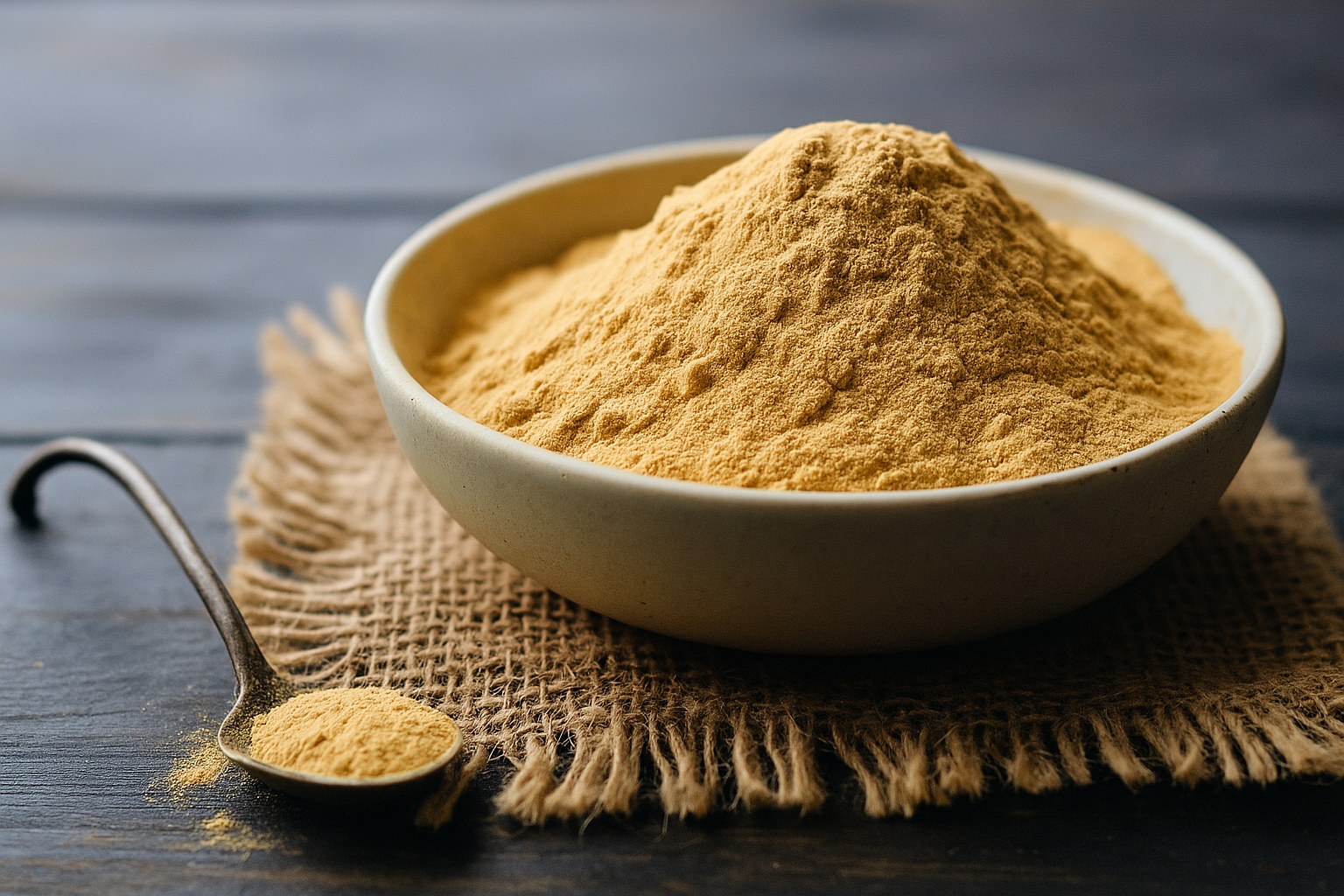The Silent Liver Crisis Gaining Global Momentum
Fatty liver disease—now more widely known under the umbrella term Metabolic Dysfunction-Associated Steatotic Liver Disease (MASLD)—is increasingly affecting individuals worldwide, often without noticeable symptoms until it becomes severe. Recent studies suggest that fatty liver could affect up to 1 in 3 adults globally by 2050, making early detection and prevention essential for public health.
Despite its silent onset, fatty liver disease can cause noticeable symptoms—especially in the abdomen—as it progresses. Recognizing these signs early can be the key to reversing the damage before it escalates into serious conditions like Metabolic Dysfunction-Associated Steatohepatitis (MASH), cirrhosis, or liver cancer.
What Is Fatty Liver Disease (MASLD and MASH)?
Understanding MASLD vs. MASH
- MASLD (formerly NAFLD): Fat accumulation in liver cells, unrelated to alcohol, usually triggered by metabolic syndrome, obesity, or type 2 diabetes.
- MASH: An advanced form of MASLD involving liver inflammation and cell damage, often progressing to fibrosis or cirrhosis if untreated.
Key Risk Factors
- Obesity and central abdominal fat
- Insulin resistance and type 2 diabetes
- High cholesterol and triglyceride levels
- Sedentary lifestyle
- Poor dietary habits (especially high sugar and processed foods)
Top 3 Most Common Abdominal Symptoms of Fatty Liver
While Metabolic Dysfunction-Associated Steatotic Liver Disease (MASLD) is often asymptomatic in its early stages, certain abdominal symptoms may emerge as the disease progresses—especially when liver inflammation or fibrosis begins to develop. These are the most commonly reported abdominal symptoms linked to fatty liver disease:
1. Discomfort or Pain in the Upper Right Abdomen
- This is the most commonly reported abdominal symptom of fatty liver.
- It occurs due to liver enlargement, which stretches the liver capsule and presses on nearby structures.
- Patients often describe it as a dull ache, pressure, or fullness under the right ribcage.
- It may be persistent or intermittent, especially after meals or prolonged sitting.
2. Abdominal Swelling or Distension (Especially in Advanced Stages)
- In more progressed forms, particularly MASH or early cirrhosis, fluid buildup (ascites) can occur in the abdomen.
- This causes visible swelling, tightness, and discomfort—often mistaken for weight gain or bloating.
- It reflects impaired liver function and may require medical intervention.
3. General Abdominal Discomfort or Bloating
- Although not unique to MASLD, some patients experience non-specific bloating, gas, or fullness.
- This may result from digestive changes, gut microbiota imbalance, or low-grade inflammation associated with liver dysfunction.
- Bloating tends to worsen after high-fat or high-sugar meals.
Note: While common, this symptom overlaps with many other gastrointestinal issues. Always consult a healthcare provider for proper evaluation.
Important Reminder:
These symptoms are not exclusive to fatty liver disease and can be caused by a range of gastrointestinal or metabolic conditions. Always seek a professional medical evaluation for an accurate diagnosis.

How Is Fatty Liver Diagnosed?
Non-Invasive Diagnostic Methods
Traditional liver biopsy is giving way to safer and more accessible techniques:
- FibroScan (Transient Elastography) – Measures liver stiffness and fat content.
- MRI-PDFF – Highly accurate imaging for fat quantification.
- Serum markers (ALT, AST, FIB-4) – Blood tests used to assess liver function and fibrosis risk.
The Role of AI in Detection
Innovative tools, like AI-driven imaging and diagnostic models, are revolutionizing fatty liver detection by achieving over 90% accuracy in distinguishing MASH from non-MASH cases.
What’s New in Treatment: 2024–2025 Update
According to the American Association for the Study of Liver Diseases (AASLD)‘s latest guidance:
Lifestyle Changes Are Still the Cornerstone
- 5–10% weight loss can significantly reverse liver fat and inflammation.
- Adopt a Mediterranean diet rich in fiber, omega-3s, and antioxidants.
- Include regular physical activity, ideally 150 minutes of moderate-intensity exercise per week.
Breakthrough Medications
- Rezdiffra (resmetirom): The first FDA-approved treatment specifically for MASH, improving liver fat and inflammation.
- Semaglutide: Originally for type 2 diabetes and obesity, shown to improve liver histology and reduce liver enzymes.
Reference: AASLD Clinical Guidance (2023–2024) – Detailed pharmacologic strategies and diagnostic protocols are now included in the latest AASLD practice updates.
How to Prevent Fatty Liver: 5 Actionable Tips
- Limit processed foods and sugars (especially fructose and soft drinks).
- Eat more healthy fats (avocados, nuts, olive oil) and whole grains.
- Track waist circumference – visceral fat is strongly linked to MASLD.
- Get regular liver function tests if you’re at high risk.
- Manage underlying conditions like diabetes, obesity, and high cholesterol.
Recognize Early, Act Fast, Live Better
Fatty liver disease may begin quietly, but its consequences can be loud and life-threatening. The good news? It’s preventable and often reversible—especially when caught early and managed through lifestyle changes and, when needed, medication.
Pay attention to your body—if you notice persistent abdominal discomfort, bloating, or unexplained fat gain, speak with your doctor.


